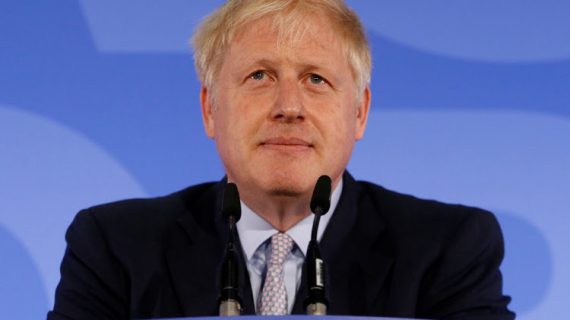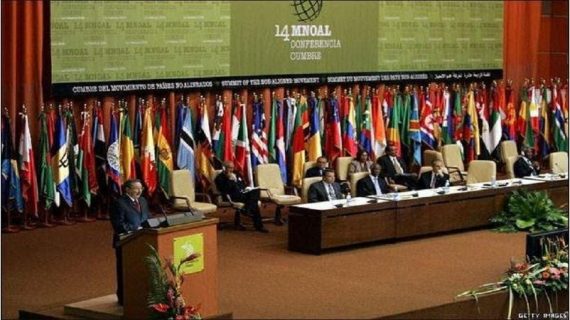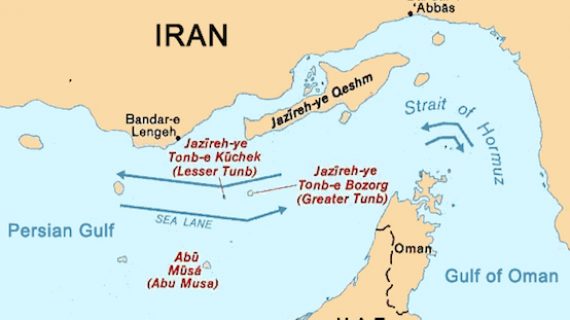Tax Overhaul Underscored
The researchers propose the elimination of tax exemptions and recommend the collection of information on taxpayers’ bank accounts
The findings of the research also show value added tax rate in Iran needs to increase from 9% to 15% and tax exemptions should decrease from 62% to 40%
Reported by HPMM Group according to FINANCIAL TRIBUNE ; Extensive tax exemptions granted to certain organizations and agencies in Iran have set the stage for numerous cases of tax evasion. This has consequently increased pressure on different economic sectors and led to a huge loss of revenues.
This was concluded by a research conducted by the Institute for Management and Planning Studies under the supervision of Special Presidential Aide for Economic Affairs Masoud Nili.
Iran’s taxation system is very inefficient and fundamental reforms are the prerequisites of any strategy for growth and development, the research was cited as saying by the Persian daily Etemad.
Two main functions of taxation are to prevent the collapse of market and redistribute resources.
Taxation is a tool to punish or encourage economic operatives while redistribution of wealth among different social classes is a major responsibility of governments.
Using tax revenues, the government can protect vulnerable groups. Therefore, each taxation system must be evaluated against different criteria, including equity, simplicity, sustainability and policy consistency to ensure its efficiency.
According to official figures, tax revenues accounted for 8% of Iran’s gross domestic product in the fiscal 2016-17. Tax to GDP ratio stood at around 5.9% in 1971-72.
Based on the development indices of the World Bank, Iran’s tax to GDP ratio is at a very low level compared with countries with the same GDP.
Value added tax accounts for the lion’s share of total tax revenues in Iran with 23.5%, as per the figures released by the Iranian National Tax Administration, followed by corporate tax and import tariff.
This is while income tax makes up the biggest share of revenues in high-income countries. Corporate (company) tax is the second top earner of such revenues in Iran.
The findings of the research also show value added tax rate in Iran needs to increase from 9% to 15% and tax exemptions should decrease from 62% to 40%. Researchers recommend that the government reduce corporate tax from 25% to 20% and raise property (real estate) tax.
It is also recommended that the share of tax revenues in GDP increase from 8% to 10% by the end of the fiscal 2021-22.
The researchers have proposed two short- and long-term solutions to boost the efficiency of taxation system in Iran.
In the short-term, they propose the elimination of tax exemptions, recommending the collection of information on taxpayers’ bank accounts and drafting a comprehensive taxation plan.
The identification of taxpayers must improve to tackle corruption and tax evasion. Needed data infrastructure and the motivational system must be designed in such a way that corruption and evasion on the part of taxman and taxpayer are minimized.
In the long-term, they believe economic policymakers should merge the country’s welfare and taxation systems as the rise in tax will improve the welfare system.
According to INTA Chairman Kamel Taqavinejad, 20% of taxpayers in Iran pay 80% of all tax while about 65% of all taxpayers are either exempt or pay less than 10 million rials ($238) in tax.
According to Chairman of Majlis Economic Commission Mohammad Reza Pour-Ebrahimi, tax evasion stands at 30-40% of total tax revenues in Iran annually.
The lawmaker said tax evasion costs the country an estimated 400 trillion rials ($9.52 billion) every year.
He said in January that a total of 70 trillion rials ($1.6 billion) were earned during the first eight months of the last fiscal year (started March 21, 2017) from newly-identified economic operators.
The Central Bank of Iran’s latest budgetary report shows that although tax revenues were estimated to hover around 1072.1 trillion rials ($25.52 billion) in the first 11 months of the last fiscal year (ended Feb. 19, 2018), they only reached 921.8 trillion rials ($21.94 billion), registering a 7.6% increase compared with the preceding year’s corresponding period.
The government’s tax revenues consist of returns from direct and indirect taxation. Direct taxes include three groups of “tax on legal entities”, “income tax” and “wealth tax”.
Overall, direct tax revenues stood at 403 trillion rials ($9.59 billion) during the 11 months, registering a decline of 4.6% YOY.
Indirect taxes, including “tax on imports” and “tax on goods and services”, reached 518.7 trillion rials ($12.35 billion), indicating a 19.5% rise YOY.
The report also shows import tariff generated 175.9 trillion rials ($4.18 billion), 23.2% more than the corresponding period of the year before while tax on goods and services earned the government 342.8 trillion rials ($8.16 billion), up 17.8% YOY.
Value added tax, which is a subcategory of tax on goods and services, increased by 20.6% to reach 224.9 trillion rials ($5.35 billion).







